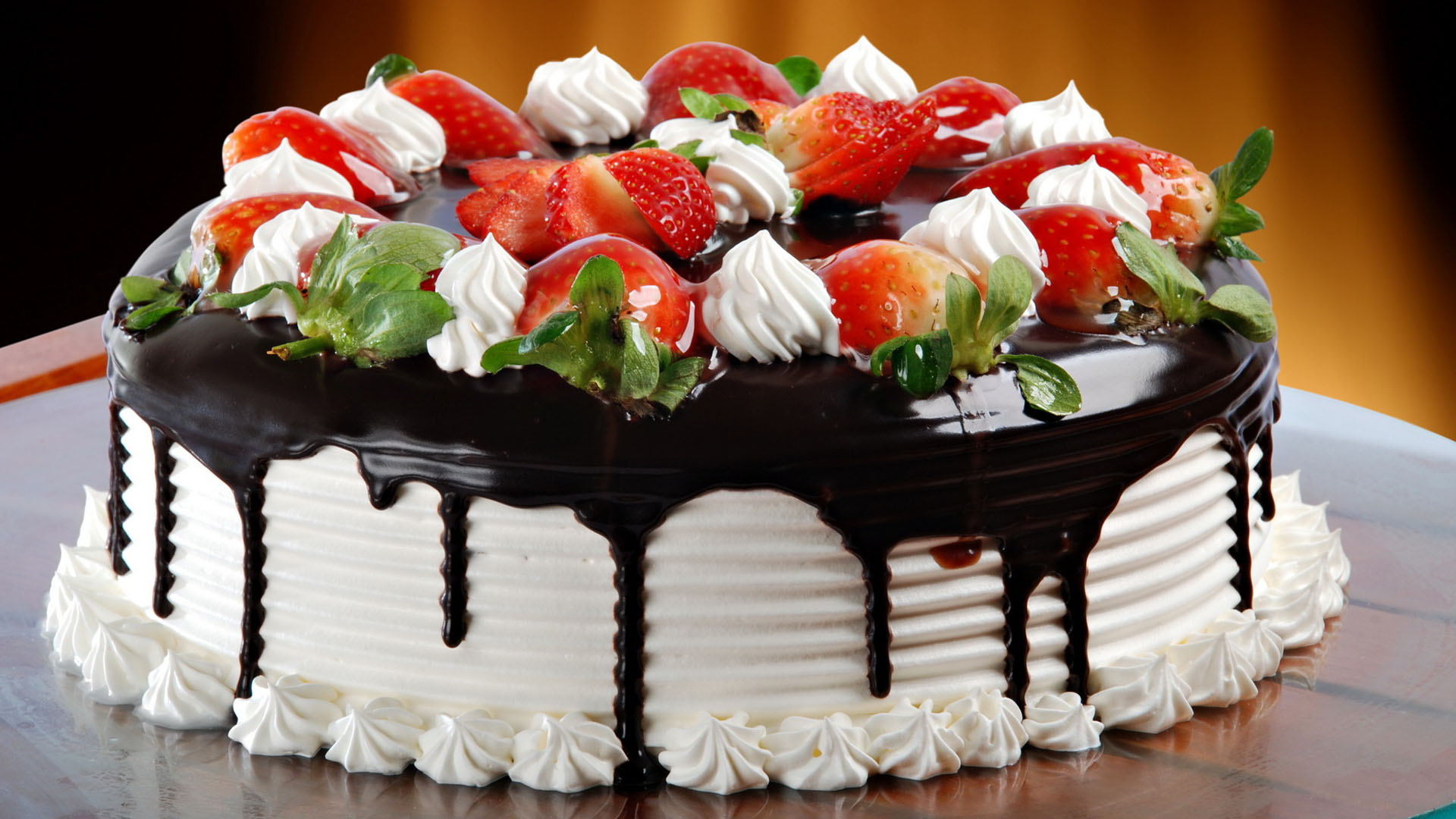Desserts introduction :)
Welcome to this LiciousDesserts site! Desserts are the fairy tales of the kitchen - a happily-ever-after to supper ~ Terri Guillements . Come and visits my blog . Enjoy your sweet moments . I would like to share with all of you about desserts ! :)
The term “dessert” can apply to many confections, such as cakes, tarts, cookies, biscuits, gelatins, pastries, ice creams, pies, puddings, custards, and sweet soups. Fruit is also commonly found in dessert courses because of its naturally occurring sweetness. Some cultures sweeten foods that are more. (From Wikipedia, the free encyclopedia)

Sugars contribute moisture and tenderness to baked goods. Flour or starch components serves as a protein and gives the dessert structure. Fats contribute moisture and can enable the development of flaky layers in pastries and pie crusts. The dairy products in baked goods keep the desserts moist. Many desserts also contain eggs, in order to form custard or to aid in the rising and thickening of a cake-like substance. Egg yolks specifically contribute to the richness of desserts. Egg whites can act as a leavening agent[12] or provide structure. Further innovation in the healthy eating movement has led to more information being available about vegan and gluten-free substitutes for the standard ingredients, as well as replacements for refined sugar. Desserts can contain many spices and extracts to add a variety of flavors. Salt and acids are added to desserts to balance sweet flavors and create a contrast in flavors.
Some desserts are made with coffee, such as tiramisu, or a coffee-flavoured version of a dessert can be made, for example an iced coffee soufflé or coffee biscuits.[13] Alcohol can also be used as an ingredient, to make alcoholic desserts.[14]






Desserts
Dessert (/dᵻˈzɜːrt/) is a course that concludes a main meal. The course usually consists of sweet foods and beverages, such as dessert wine or liqueurs, but may include coffee, cheeses, nuts, or other savory items. In some parts of the world, such as much of central and western Africa, and most parts of China, there is no tradition of a dessert course to conclude a meal.The term “dessert” can apply to many confections, such as cakes, tarts, cookies, biscuits, gelatins, pastries, ice creams, pies, puddings, custards, and sweet soups. Fruit is also commonly found in dessert courses because of its naturally occurring sweetness. Some cultures sweeten foods that are more. (From Wikipedia, the free encyclopedia)

-
Ingredients
Sugars contribute moisture and tenderness to baked goods. Flour or starch components serves as a protein and gives the dessert structure. Fats contribute moisture and can enable the development of flaky layers in pastries and pie crusts. The dairy products in baked goods keep the desserts moist. Many desserts also contain eggs, in order to form custard or to aid in the rising and thickening of a cake-like substance. Egg yolks specifically contribute to the richness of desserts. Egg whites can act as a leavening agent[12] or provide structure. Further innovation in the healthy eating movement has led to more information being available about vegan and gluten-free substitutes for the standard ingredients, as well as replacements for refined sugar. Desserts can contain many spices and extracts to add a variety of flavors. Salt and acids are added to desserts to balance sweet flavors and create a contrast in flavors.
Some desserts are made with coffee, such as tiramisu, or a coffee-flavoured version of a dessert can be made, for example an iced coffee soufflé or coffee biscuits.[13] Alcohol can also be used as an ingredient, to make alcoholic desserts.[14]
-
variations
- Biscuits or cookies

- cakes

- Chocolates and candies

- Custards and puddings

- Frozen desserts

- Pastries

-
Nutrition
Dessert foods often contain relatively high amounts of sugar and fats and, as a result, higher calorie counts per gram than other foods. Fresh or cooked fruit with minimal added sugar or fat is an exception.[33]



Comments
Post a Comment